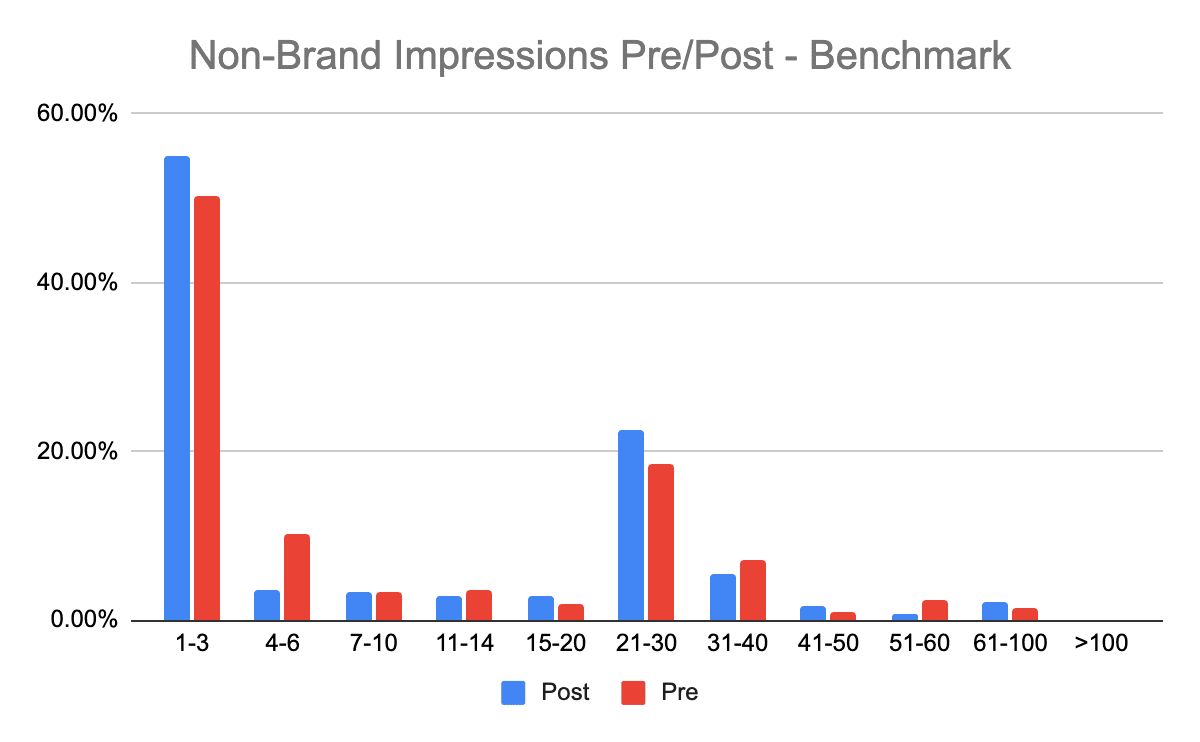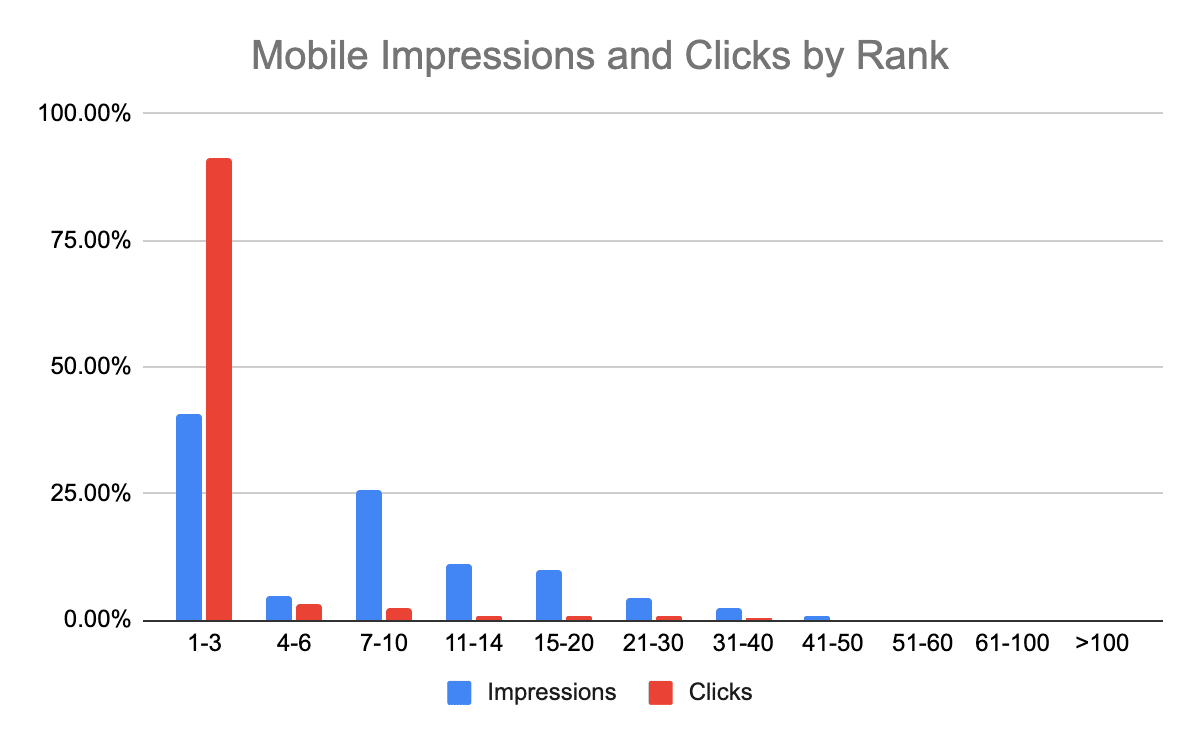For the greater part of the last decade, Google released a slew of updates enriching the mobile-first search experience.
There was the mobile-friendly algorithm update from 2015 and the switch to mobile-first indexing in 2019.
In October 2021, Google introduced continuous scrolling on mobile. It’s a sensible change that matches users’ browsing experience in their social feeds.
Fast forward to December 2022, Google rolled out continuous scrolling to desktop search results.
It roughly mirrors the user experience, which has been live on mobile for a while, but there’s a notable distinction:
- On mobile, it is “infinite” scrolling where the results go on as long as you scroll down.
- For desktop, it is a “continuous” scroll – meaning you will scroll through ~60 search results (or previously six pages of SERPs) before needing to hit “See more.” (Don’t worry, Google Ads are still placed throughout the scroll to break up the results.)
Historically, few users browsed past Page 1 of the SERPs and clicked results beyond Page 2.
Like many SEOs, I was curious to know how continuous scroll impacts organic traffic.
Would continuous scroll on desktop increase the value of organic results on those deeper pages?
Or would consumers still rather change their search query if nothing was found on the first few search results?
I digged into the data to find out.
Organic traffic data: Pre- and post-continuous scroll change
To understand the impact of continuous scroll on desktop, I looked at data over a 30-day period pre- and post-continuous scroll change.
While there are some seasonality considerations, this pre/post methodology gives a better view of organic ranking trends.
Meaning, if you looked year over year, SEO results would have (hypothetically) changed significantly. I also only included non-branded keyword data in the charts below.
Branded data showed no significant changes of note. In fact, 99% of clicks in our data before and after this change went to positions 1-3. The data was similar for impressions, with 97% going to the top 3 positions for branded terms.
The simple answer is the first page is massively essential. Yes, this change moved some impressions and clicks to more profound results.
But, ultimately, the majority of traffic comes from the top 3 positions. Over 50% of impressions and 88% of clicks go to the top 3 positions.
Impressions did increase for rankings 15-20 from 20% pre-continuous scroll to 25% post-continuous scroll.
This reflects the updated user experience where consumers might not even realize they continued to go beyond the top 10 results to the top 20.
After that, things were fairly flat, and >30 only accounts for ~10% of total impressions.
For clicks, it’s even more important to be in the top 3. Only 4% of total clicks occur after position 6.
This is 2X what it was before continuous scroll changes (previously, 2% of clicks came from positions greater than 6). Wow. Desktop is really driven by those top positions, even with a slight shift in impressions to deeper results.

As a comparison, I thought I would show mobile data from the same data set. Mobile has a more of a scrolling user experience. The data set showed “just” 40% of impressions going to the top 3 positions.
The next largest cohort was in the 7-10 positions with 35%. Users are just flicking through results if they don’t see what they are looking for in the top 3.
For clicks, it is still just dominated by the top 3. 91% of clicks came from those top 3 positions, and just 3% coming from anything >10.

What this data means for search marketers
This data set should confirm two things for search marketers:
- User behaviors are slightly altered by UX changes that Google or other platforms make.
- It is still as relevant as ever to be in the top positions for your key search queries.
We still see so many brands think of SEO as something to set up when they redesign or re-platform their website.
This is the equivalent of a New Year's resolution with your fitness in the gym versus making the changes needed to really improve your health over the long term.
You can't just go to the gym in January and think you are healthy for the rest of the year.
Keep writing content and optimizing technical elements to keep your website strong and healthy year round.
No matter what change in user experience happens or AI thing comes along, your site will be ready for that change.
The post How Google continuous scroll has impacted organic traffic [Data] appeared first on Search Engine Land.
source https://searchengineland.com/google-continuous-scroll-desktop-organic-search-data-393476


0 Comments